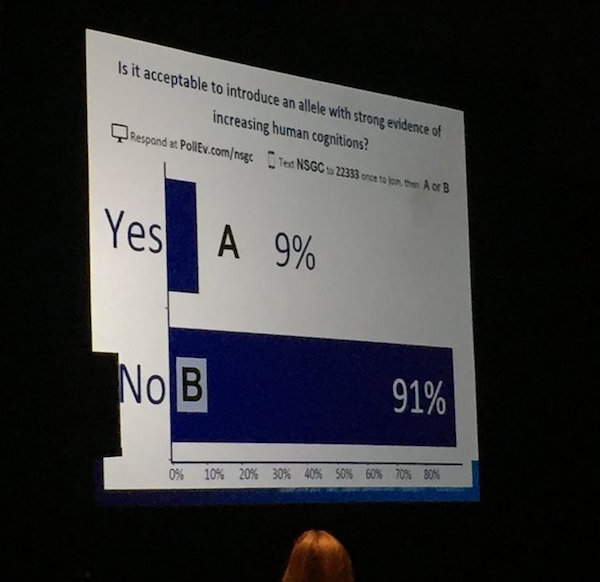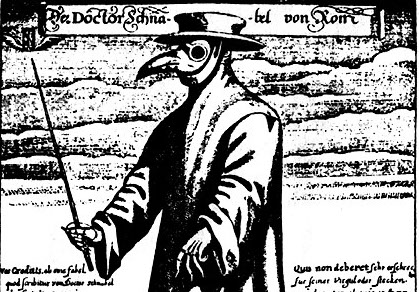
Greetings–
On Saturday, I gave a plenary talk at the annual meeting of the National Society of Genetic Counselors. I described the fast rise of CRISPR and encouraged the audience to consider the ethical questions that may arise if we gain the ability to fix diseases or even enhance traits in embryos. Laura Hercher, a genetic counselor at Sarah Lawrence College, also gave a talk in the session. She focused on mitochondrial replacement therapy, which is sometimes wrongly described as producing “three-parent babies.” Continue reading “Friday’s Elk, October 30, 2015”
